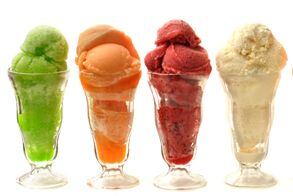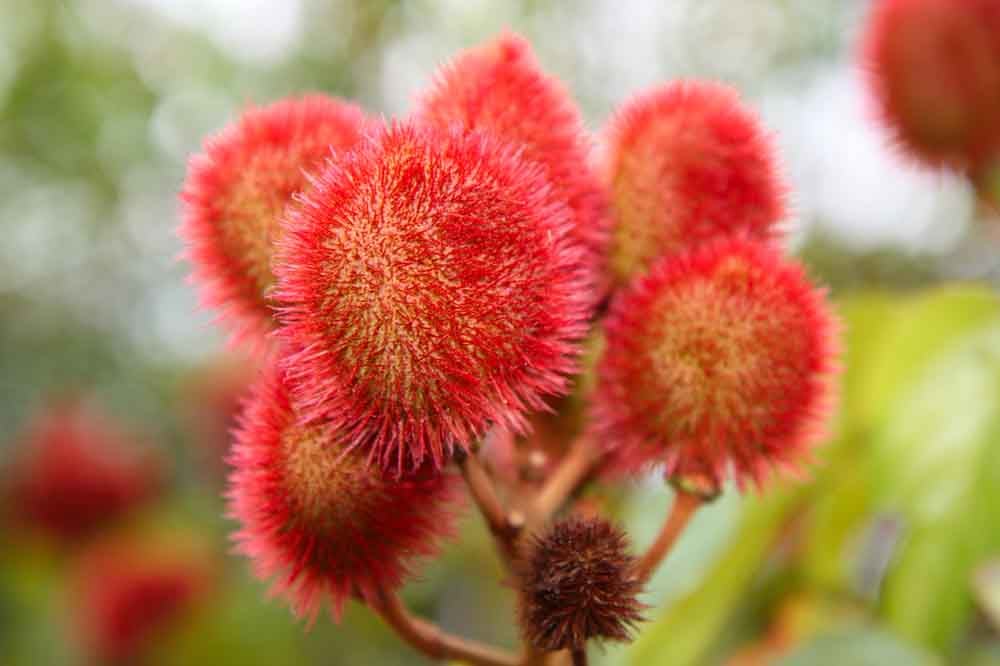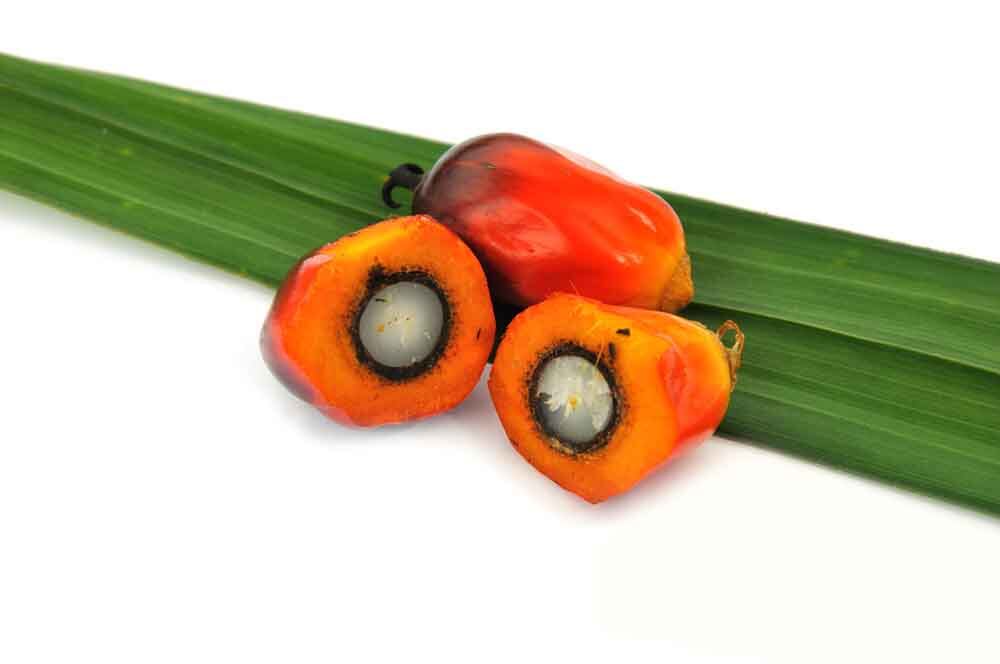How big a part of FMC Biopolymer's business are natural colors?
Working with customers to solve formulation problems for natural colors is a natural extension of what we’ve been doing for years helping to solve formulation challenges with hydrocolloids, but we’ve also expanded our global footprint recently with the acquisition of South Pole Biogroup in Chile in 2011, and Phytone in the UK in 2012. Phytone has also helped us expand our formulations and applications capabilities and work with customers worldwide.
We are significantly invested in natural colors and want to make it parallel [in size] to our hydrocolloids business.
Is the natural colors part of your business growing in the US and if so, what is driving that growth?
Definitely, global sales of naturally sourced colors are worth around $600-800m, whereas synthetics are worth around $600m, and we can see natural colors growing to $1bn in the next few years.
It’s all part of the drive towards transparency. Consumers want to know: What’s in my food? Is it safe? Can I feel good about eating this? Particularly for children’s products. People have also become accustomed to natural colors and they expect less vibrant colors in natural products.

Growth in natural colors is driven by retailers, consumers, and regulators [in Europe, for example, firms using the Southampton Six* synthetic colors must include a warning label about hyperactivity on pack, which has been a significant driver of change].
The Southampton Study did have an impact in the US, and there was a lot of publicity about it. But it was also a practical issue in that global customers want to have global formulations where possible, so reformulating to remove the Southampton Six colors in Europe also affected formulations in the US.
Will we ever get to a stage where every food and beverage manufacturer is using natural colors?
Synthetics will never disappear completely, as cost and stability issues are still a bit of a roadblock for natural colors in some applications. But I think we’ve reached a pivotal point in the industry and there’s no turning back.
Where is your particular area of expertise in this space vs the competition?
After all the years of working in texturants, we are experts in solving problems and developing tailor-made solutions that work in every kind of food and beverage application.
As for particular colors we are very well-known for our oil-based natural green pigments extracted from plants that are heat, light and pH stable. Phytone also has a petition in with the FDA to get chlorophyll approved for a broader range of applications.
How dynamic is the natural colors space in the US?
A lot of the innovation is in technology to make existing natural colors more stable, and changes to make sourcing and processing more efficient. A lot of work is also going into finding ways to get natural reds to work in certain applications where you go up past a neutral pH.

In the US there is also a gap for natural blues [gardenia, spirulina and other natural blues are not yet permitted for use as color additives in the US].
How has the performance of natural colors evolved in the past 10 years?
We’ve solved a lot of technical challenges relating to heat, light and stability and shelf-life, and we’ve done a lot of work on blending pigments. We’ve also had success in some particularly challenging application areas such as getting a vibrant natural red color for red velvet cake.
We’ve developed a nice red color blend that can create the right intensity but also deal with the high temperatures involved in baking.
Have natural color prices come down much in recent years?
Pricing will improve but natural colors still command a premium price. However, when it comes to cost in use, color still accounts for a very small percentage of the overall price of a product - a penny to a nickel for natural colors versus a 10th to a 100th of a cent for synthetics.
How does the GMO issue affect the natural colors market in the US?
Global companies want global formulations, so that has increased demand for non-GMO carriers for natural colors. We’re also getting more questions about it now in the US as there is heightened awareness of this issue.

You can't say 'natural beet/red color' or ‘made with natural colors’ in the US - is this frustrating?
We all talk about natural colors, but the FDA doesn’t recognize natural colors as a category and you can’t use it on the label.
Consumers are becoming more aware of natural food colors but it’s not always obvious what something is, for example, before I started working in the field, I didn’t know what annatto was, and a lot of consumers may not know what it is either.
FMC BioPolymer will be exhibiting at IFT this year at booth #2390.

* Controversy over the safety of artificial food colors reached a new frenzy in 2007 following the publication of a controversial study by the University of Southampton in the UK suggesting a link between six food dyes – the ‘Southampton Six’ – and hyperactivity in children.
They were E110 (sunset yellow/FD&C Yellow #6), E104 (quinoline yellow), E122 (carmoisine), E129 (allura red or FD&C Red #40), E102 (tartrazine/FD&C Yellow#5) and E124 (ponceau 4R).
While EFSA concluded that the results could not be used as a basis for altering the acceptable daily intakes of the colors in question, the European Parliament insisted that products featuring the colors should nevertheless include warning labels noting that they “may have an effect on activity and attention in children”.
